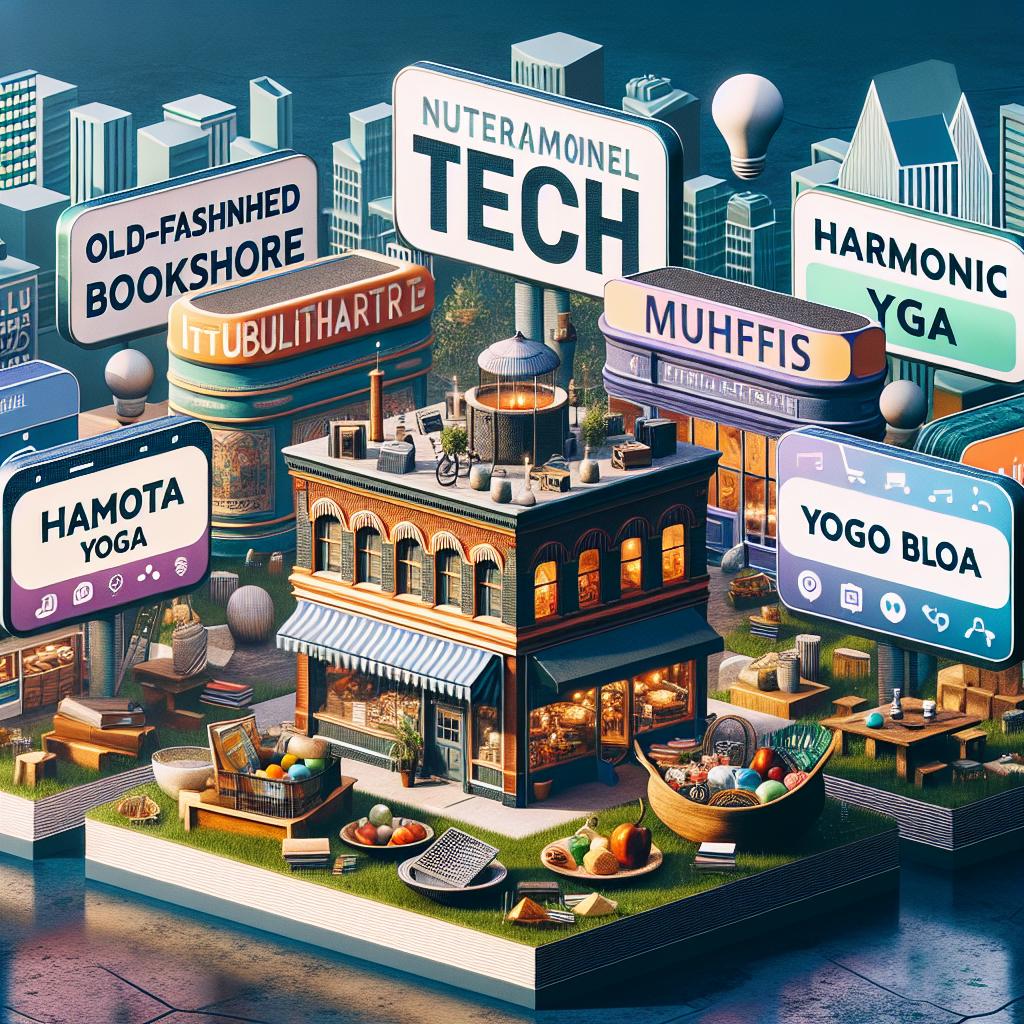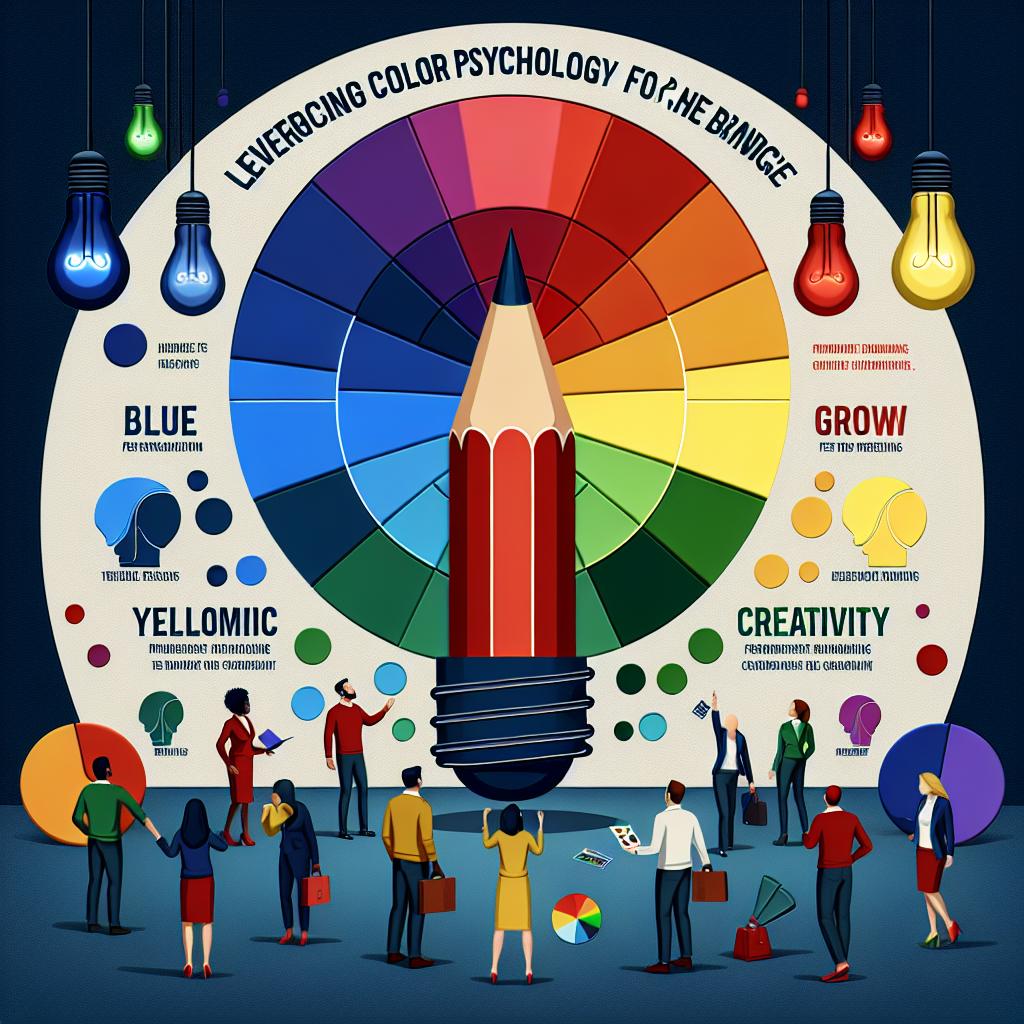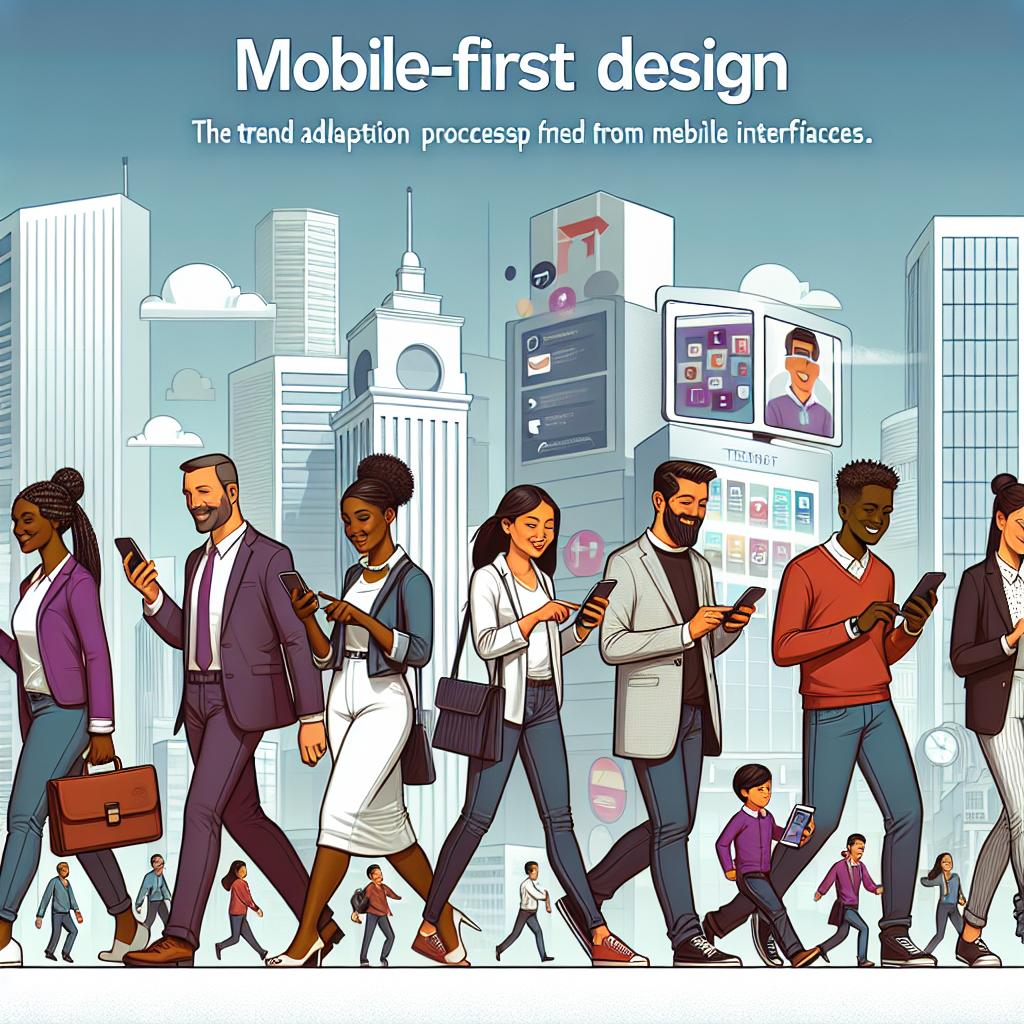Introduction: Navigating the Niche – Embracing the Latest Website Design Trends
In the vast ocean of the internet, niche markets are like hidden treasures waiting to be discovered. Each niche boasts its own unique audience, needs, and aspirations, and the key to unlocking their hearts (and wallets) lies in captivating website design. As we dive into 2024, the digital landscape is brimming with fresh and exciting trends that cater specifically to these specialized markets. From vibrant color palettes that evoke a sense of belonging to user experiences tailored for distinct audiences, this year’s design trends are all about connection and engagement. Whether you’re running a cozy artisanal bakery or a cutting-edge tech start-up, understanding and applying these trends can help your website not just stand out, but truly resonate. Grab your favorite cup of coffee, and let’s explore the most popular website design trends that could transform your niche presence into a captivating online haven!
Exploring the Unique Aesthetics of Niche Market Websites
The aesthetics of niche market websites often reflect a deep understanding of their target audiences. Unlike mainstream sites, these niche platforms prioritize design elements that resonate specifically with their users. This might include unique color palettes that evoke a sense of community, or typography choices that mirror the brand’s identity. For instance, a website focused on sustainable living may utilize earthy tones and clean lines to convey its commitment to nature. Additionally, the use of custom graphics and illustrations can create a distinctive look that sets a niche brand apart in its market. The balance between visual appeal and functionality ensures users enjoy their browsing experience while feeling aligned with the site’s mission.
Moreover, UX/UI design plays a crucial role in defining the aesthetics of these websites. Elements such as hover effects and interactive features can engage users more profoundly, making their visit feel personalized. For example, incorporating tailored content recommendations or user-generated galleries can enhance user interaction and foster a vibrant online community. The table below highlights some design trends that are redefining niche platforms:
| Design Trend | Description |
|---|---|
| Minimalism | Focus on essential elements to enhance user experience. |
| Bold Typography | Utilizing strong fonts for impact and readability. |
| Micro-Interactions | Subtle animations that engage users as they navigate. |
| Eclectic Color Schemes | Using unexpected color combinations to stand out. |

Crafting User Experiences that Speak to Target Audiences
Creating user experiences that resonate with specific target audiences requires a deep understanding of their preferences, pain points, and aspirations. When designing for niche markets, it’s essential to utilize elements that evoke emotion and foster connection. For instance, a bespoke online shop for handmade crafts could incorporate earthy color palettes, organic shapes, and thoughtful typography that reflect the handmade ethos. This approach invites users into a world that feels familiar and tailored, increasing engagement and the likelihood of conversions.
Additionally, leveraging personalization in design can significantly enhance user interaction. By integrating features such as curated product recommendations based on browsing history or user behavior, websites can offer a customized journey that feels unique to every visitor. To illustrate this point, take a look at the comparative effectiveness of various design trends in niche markets:
| Design Trend | User Engagement | Conversion Rate |
|---|---|---|
| Minimalism | High | 15% |
| Bold Typography | Medium | 10% |
| Interactive Elements | Very High | 20% |
| Animations | Medium | 12% |
Incorporating these trends into your design strategy not only clarifies your brand message but also enhances usability and functionality. This creates a seamless experience where users feel understood and valued, ultimately leading to a stronger, more loyal customer base.

Leveraging Color Psychology for Niche Branding Success
Understanding the emotional impact of color is essential for crafting a brand that resonates deeply with your audience. By strategically choosing colors that evoke specific feelings and responses, niche brands can create powerful connections with their customers. Warm colors like red and orange stimulate excitement and energy, making them ideal for brands in the fitness or entertainment industries. Conversely, cool colors such as blue and green promote tranquility and trust, perfect for health and wellness brands. Here are some effective strategies to incorporate color psychology into your branding:
- Define Your Brand Personality: Identify your core values and translate them into color choices.
- Consider Your Audience: Tailor your color palette to the preferences and cultural meanings significant to your target demographic.
- Test and Adapt: Use A/B testing to evaluate how different colors affect user engagement and conversion rates.
Creating a cohesive brand experience goes beyond just selecting a color palette. The integration of color throughout your website—such as background hues, accent colors, and call-to-action buttons—can shape customer behavior. To illustrate these concepts, here’s a simple table that outlines common colors and their associative meanings:
| Color | Meaning |
|---|---|
| Red | Passion, Energy, Excitement |
| Blue | Trust, Calm, Stability |
| Green | Growth, Health, Harmony |
| Yellow | Optimism, Clarity, Warmth |
| Purple | Luxury, Creativity, Wisdom |
Incorporating these color strategies into your niche branding can create a distinct identity that captivates your audience. Remember, the right colors can set the mood, convey messages, and ultimately drive your brand’s success.

Mobile-First Design: Adapting Trends for On-the-Go Users
In an era where smartphones have become an extension of our daily lives, embracing a mobile-first approach in web design is not just a trend—it’s a necessity. Mobile-first design prioritizes the mobile experience, allowing the design to focus on essential functionalities that cater to users on the go. This strategy not only enhances load times but also provides a streamlined, user-friendly interface. With more than half of web traffic originating from mobile devices, designers are increasingly focused on creating layouts that are intuitive and easy to navigate. Notable elements include:
- Responsive Navigation: Simplifying menu options ensures that users can access information quickly.
- Touch-Friendly Elements: Optimizing buttons and links for touch interaction enhances usability.
- Minimalistic Design: Prioritizing content over clutter to facilitate faster scanning and engagement.
As mobile technology continues to advance, integrating practices such as adaptive images and fast-loading pages becomes vital. Utilizing CSS media queries ensures that images and text resize beautifully on any device, while plugins like AMP (Accelerated Mobile Pages) can significantly enhance speed. Moreover, small niche markets can benefit immensely from understanding user behavior analytics to tailor the mobile experience. By focusing on the distinct needs of on-the-go users, brands can foster stronger connections and drive conversions through designs that speak directly to their audience. Here’s a quick overview of impactful features:
| Feature | Benefit |
|---|---|
| Fast Loading Times | Reduced bounce rate, increased engagement. |
| Clear CTAs | Higher conversion rates and user actions. |
| Optimized Content | Improved readability and user satisfaction. |
Final Thoughts
As we wrap up our exploration of the most popular website design trends tailored for niche markets, it’s clear that creativity knows no bounds! By embracing unique aesthetics, engaging user experiences, and purposeful functionality, you can transform your digital presence into a captivating destination that speaks directly to your audience’s passions and pursuits.
Remember, the world of web design is ever-evolving, and staying ahead of the curve means continually experimenting and adapting. So, don’t be afraid to think outside the box, weave in your personality, and let the uniqueness of your niche shine through. After all, every pixel you place has the power to tell your story and connect with like-minded individuals.
Whether you’re designing for gourmet food aficionados, vintage car enthusiasts, or eco-conscious consumers, there’s an exciting opportunity waiting to be uncovered. Embrace these trends, infuse your creations with love and authenticity, and watch your niche community flourish online!
Thanks for joining us on this design journey. Now, go forth and build a website that isn’t just seen, but felt—a digital haven for those who share your passion. Happy designing!

